14 Startling Stories From Shop Assistants That Astonished Them to the Core

We’ve sent more spacecraft to study the local environment on Mars than on any other planet. We have no evidence that life exists on the red planet, or ever did, but that didn’t stop some people from wondering. Mostly because of the pictures that NASA’s Perseverance and Curiosity rovers take regularly of Mars’s surface. Feel free to check them out for yourself on the internet, they are free for anyone to see. Over time, some odd shapes have appeared here and there in these pictures, making some people believe there is some sort of creatures living there already. Back in 2008, one of the rovers took a picture of a rock that looked very much like a female figure. Other photos seemed to show animal-shaped figures, utensils, or other Earth-like objects. Again, there’s little to no proof of this theory, as rocks can be of all sorts of shapes and sizes. But if you look at the pictures, it does make you wonder.
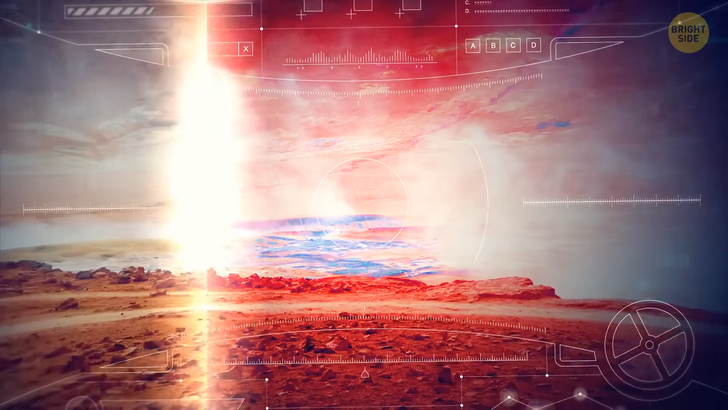
A lot of people in the scientific community do see Mars as a better place for long-term settlement, even though our Moon is closer. Firstly, because it’s believed there is indeed water on Mars. It’s just stuck in underground frozen lakes. The soil doesn’t seem to be rich in nutrients, and it may have some harmful chemicals. Moreover, on the red planet, the gravitational pull is only 38% of Earth’s, so it’s easy to carry heavy objects here. On our Moon, for comparison, the gravitational force is only about 16.6% of that found on Earth.
We already have people studying how we might live on Mars right here on our planet. It’s because certain regions on Earth closely mimic the harsher conditions on Mars. Devon Island, for example, is the biggest uninhabited island on our planet, located in the Canadian Arctic Archipelago. It’s easy to see why it’s hard to live here: the soil stays frozen all year. The eastern part of the island is covered by a thick ice cap all year round. Summers here only last for less than 50 days and aren’t really that warm. Not a lot of plants can grow here, so no animals can adapt to thrive and multiply. As such, the Haughton Mars Project started here in 1997 to offer astronauts unique studying opportunities. There are few options here in terms of logistics and transportation, and communicating with people living outside the island is also a bit more difficult. All because of the temperature and barren soil. Think about it: if we can find solutions to live here, we might be able to do it on Mars too!
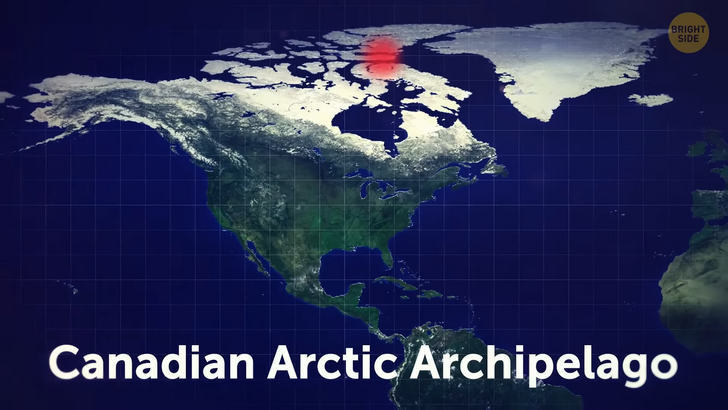
Regardless of our local training, the conditions on Mars are currently inhospitable. That’s because it’s really cold. On average, the temperature is about −81° F. Even during the summertime, it’s never hotter than 86° F. And to top it all off, the planet’s atmosphere is made of 95.3% carbon dioxide, so there’s literally no way we could breathe there without special devices. Mars also lacks a magnetic field on its surface, so it is attacked by the Sun’s radiation. Because of the temperature variations, Mars often experiences powerful dust storms, which can surround the entire planet. Technically these storms can’t physically harm us, but the dust might clog electronics and render solar-powered instruments unstable.
We know now that life as we know it is impossible on Mars, but did it ever exist there? This is a question long debated by scientists since NASA’s investigations have determined that some parts of Mars were habitable at one point. We don’t know for how long, or how far back. And just because something could have lived there, it doesn’t mean it actually did. Other recent photos from Mars showed a cloudy sunset. Does that mean it also rains on the red planet? Well, not really. For starters, on our planet, clouds are water vapors, and once it starts to rain, the water reaches the surface of our planet in liquid form. This process isn’t the same on Mars. Surprisingly, there is more water in Mars’ clouds, but they are made of iced water. Think of them as a thin icy fog. Combined with the thin atmosphere and cold temperatures, it keeps the clouds from ever falling to the surface.
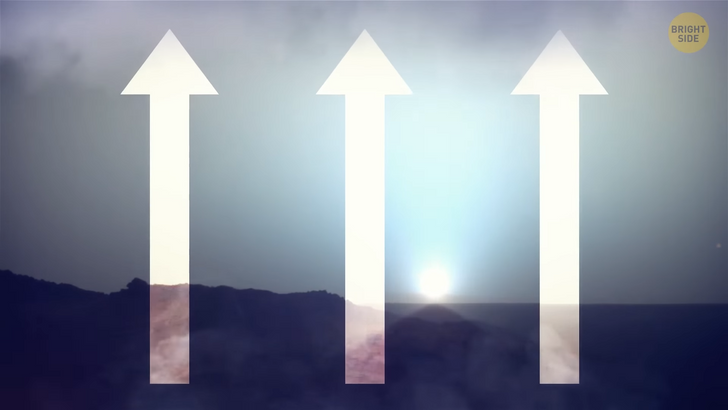
Sunsets are different here too. According to NASA specialists, there is some fine dust that makes the blue near the Sun’s part of the sky much more visible on Mars, so the sunsets here have more of a blue-ish tint. Similar to Earth, Mars is also tilted on its axis, which means it also has seasons. Because the southern hemisphere is directed away from the sun when Mars is farthest from it, the winters here are far colder, and summers way hotter. Calendars work differently on Mars too. A year here lasts for about 1.88 Earth years. A day is a bit longer than 24 hours. Even if we were to ever move to Mars, we’d still have to communicate with our Earth. It would be a bit difficult to do since a message sent back home would take about 15 minutes to reach its destination. It’s not that bad, given the entire distance, but it would make video calls kind of annoying.
As difficult as it might be for now to live there, there’s a lot of stuff to see. Some scientists believe that if we were to completely colonize Mars, a list of locations would soon be declared national parks. Like the area surrounding Olympus Mons, which is the biggest known volcano in the solar system, stretching over 16 miles. Valles Marineris would be another cool location, it being a huge complex of valleys about the distance from Los Angeles to New York. Mars also has some cool polar ice caps, which sometimes experience dry ice snowfall. Saturn and Uranus are unique planets in our Solar System because of their rings. It may not have one now, but Mars may be getting a ring of its own in the future. Don’t get too excited, it’s estimated it might take tens of millions of years. Mars’ largest moon, named Phobos, will be torn apart at one point. The debris resulting from it will settle in a rocky ring around Mars, resembling that of Saturn and Uranus.
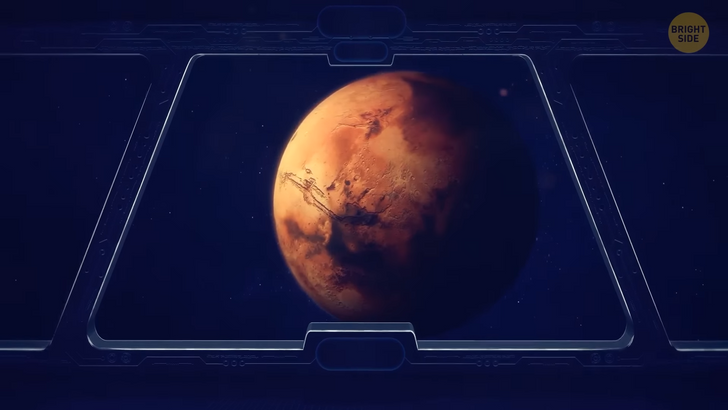
Speaking of moons, Mars has two of them — that we know of. Apart from Phobos, there is also one more object called Deimos. Both were discovered by an American astronomer named Asaph Hall back in 1877. The scientist had almost given up his pursuit to find Mars’ moons. But thankfully, he was urged to continue the project. The next night, he stumbled upon Deimos. Six days after that initial finding, Hall found Phobos. These two space objects may be in fact some asteroids, captured by Mars’ gravity. Another theory suggests they formed in orbit around Mars at about the same time the planet came to be.
The fact that Mars has really weak gravity may also be the reason for this fascinating event. Mars was hit by large asteroids many years ago, just like our planet was. A lot of that debris surely went back to the surface, but some of it was ejected back into space, as Mars’ gravity wasn’t strong enough to pull them back. They had quite a journey, some of them even ended up on Earth. These pieces of Mars also helped us understand the planet’s unique features.
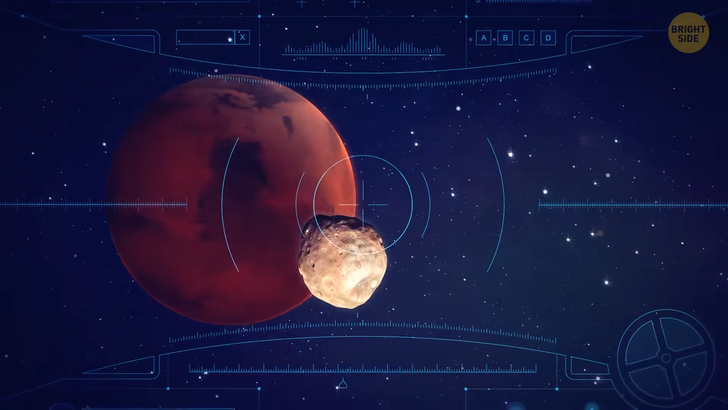
We’ve continued to send robots to the Red Planet quite successfully in the past few decades. But it still remains quite difficult to imagine people will soon land on Mars. Even considering the current rocket technology, the journey would take us six months — and that’s an optimistic scenario, given everything goes well on board. After landing, humans will be exposed to deep-space radiation and microgravity. Both of these have serious effects on the human body, which we’ve yet to figure out how to counteract. That’s why research is continuously performed on the International Space Station regarding the long-term effects of microgravity.











